Pedestrian Deaths Skyrocketed Over the Past Decade, But Which Cities Have It Worse?

Late last year, we delivered some upbeat news — U.S. motorist deaths fell 1.8 percent in 2017, after two years of steep increases. This decline in fatalities came in a year where the number of miles travelled by American drivers actually increased 1.2 percent. It’s progress, albeit meager, but it’s still nowhere near the ideal of zero fatalities.
But what about people killed in vehicle collisions who weren’t riding in a car? Thousands of pedestrians and cyclists die each year at the hands of motorists, and some 5,977 met their end this way in 2017. What can we learn from the available data?
Smart Growth America’s just-released Dangerous by Design report looks at the decade leading up to the last year of complete data — 2017. Over that period, we see a steady climb in pedestrian fatalities (2017 was the first year since 2009 in which fatalities actually dropped, though only by a small amount — just 103 fewer deaths).
Averaged out, pedestrian fatalities rose 35 percent over the past decade. Like the National Highway Traffic Safety Administration report published last year, there’s many elements at work here. Many point to increased dangers born of an evolving populace.
Since 2008, the total number of miles travelled by vehicle increased 8.1 percent in the U.S., while the number of trips accomplished through foot power rose less than 1 percent. Over the same time period, deaths of vehicle occupants fell 6.1 percent due to a variety of factors, including safer automobiles and reduced rates of impaired driving.
In its report, the NHTSA’s data pointed to a hollowing out of rural America and an influx of citizens to major urban centers.
Between 2008 and 2008, total vehicle miles travelled dropped 2.1 percent in rural areas and rose 13.1 percent in urban areas. At the same time, urban traffic-related deaths rose 17.4 percent and rural fatalities sank 18 percent. In this fact, we see a key reason for the upswing in pedestrian deaths. Drivers and urban walkers/cyclists are increasingly on a collision course simply because more exist in close proximity to each other.
Even as vehicles become safer, incorporating recent advances like pedestrian detection and automatic emergency braking (not to mention energy-absorbing hoods), rates of distracted driving are set to muscle out impaired driving as the greatest scourge on our roads. Pedestrians, too, have more opportunity to find themselves distracted. We’re boozing less, but replacing the practice with another danger.
With a higher percentage of pedestrian fatalities now occurring in major cities, the death rate among marginalized communities is also on the upswing. The same goes for the elderly. Pedestrians aged 75 or above are twice as likely to die in a vehicle impact as the U.S. average. Unsurprisingly, the lower a person’s income, the more likely they are to be struck by a car.
So, where is the carnage the worst? Think warmth. Cities in the Southern U.S. surpass much larger Northern urban centers in pedestrian danger, based on fatalities and the rate per 100,000 people. Smart Growth America combined these figures to create a Pedestrian Danger Index score. Florida counts for eight of the top 10 worst cities, with Orlando-Kissimmee-Sanford at the top.
A heavier mix of retirees and distracted tourists, coupled with year-round warm weather and lackluster transit, combined to give Florida the undesirable title of pedestrian death king. Of the remaining Lower 48, only Bakersfield, California and Jackson, Mississippi managed to crack the top 10. Other Southern or Southwestern cities, including Baton Rouge, Memphis, Birmingham, Greenville, and Albuquerque, populate the list of most-dangerous locales — with the exception of the Motor City itself at number 18.
You’ll need to scroll to number 41 — Indianapolis — in order to see another Northern city on the list. In contrast, Northeastern and Rust Belt cities, with the exception of Youngtown, Ohio, fall well below the national average in terms of pedestrian danger.
To the organization behind the report, one pedestrian death is too many. The group uses the report to advocate for better road design and public policy to mitigate the rise in vehicle-pedestrian collisions.

More by Steph Willems
Latest Car Reviews
Read moreLatest Product Reviews
Read moreRecent Comments
- MKizzy If Tesla stops maintaining and expanding the Superchargers at current levels, imagine the chaos as more EV owners with high expectations visit crowded and no longer reliable Superchargers.It feels like at this point, Musk is nearly bored enough with Tesla and EVs in general to literally take his ball and going home.
- Incog99 I bought a brand new 4 on the floor 240SX coupe in 1989 in pearl green. I drove it almost 200k miles, put in a killer sound system and never wish I sold it. I graduated to an Infiniti Q45 next and that tank was amazing.
- CanadaCraig As an aside... you are so incredibly vulnerable as you're sitting there WAITING for you EV to charge. It freaks me out.
- Wjtinfwb My local Ford dealer would be better served if the entire facility was AI. At least AI won't be openly hostile and confrontational to your basic requests when making or servicing you 50k plus investment and maybe would return a phone call or two.
- Ras815 Tesla is going to make for one of those fantastic corporate case studies someday. They had it all, and all it took was an increasingly erratic CEO empowered to make a few terrible, unchallenged ideas to wreck it.

















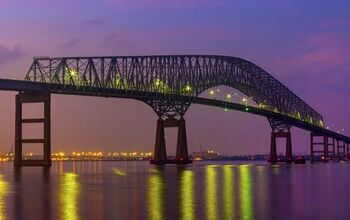


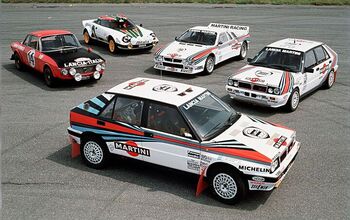
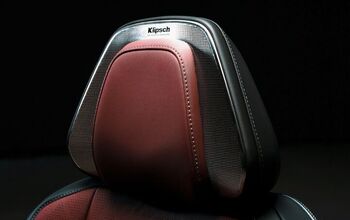
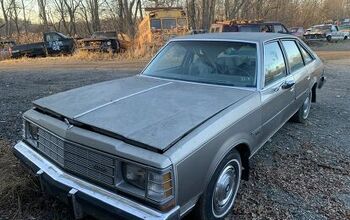


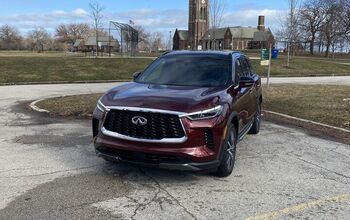

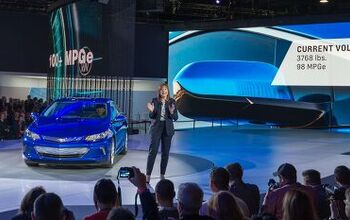
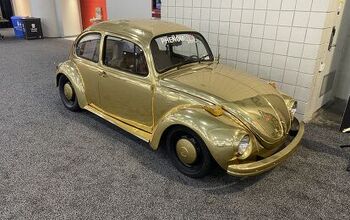
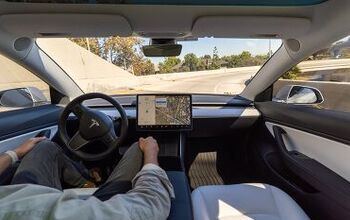


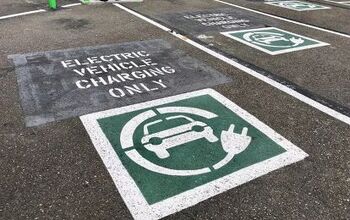
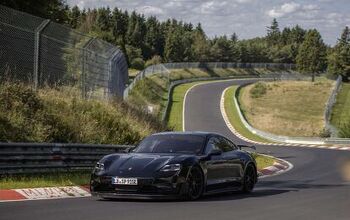
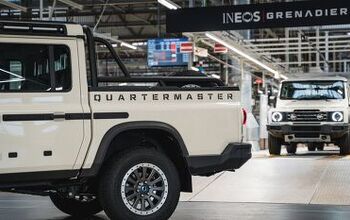
Comments
Join the conversation
I can’t believe the number of people who don’t use crosswalks and just run out into traffic and will stand in the center median waiting to dart across traffic. A lot of people just don’t know how to safely cross a street.
Live in the Seattle area. I'm surprised Seattle isn't higher up the list. Pedestrians are suicidal basically ignoring signals, crossing where there are no legally defined crosswalks, even walking in front of traffic on a don't walk as the light turns green. Never mind the preferred color of black on black for clothing choice, and the required cellphone in hand. The lighting here is worse than other parts of the country - urban "dark" looks/seems darker compared to other cities. The more gentle rain of the wet season doesn't deter pedestrians or cyclists but turns the urban streets at night into a Hellscape of blinding glare. For about 3 months out of the year the brightest part of the day at 48.3 degrees north is late afternoon sun at best for most of the country. If it is clear the sun is sitting so low to the horizon you're basically staring into it as you drive sans the dead center of the day. Toss in endless construction, road closures, and militant cyclists. My wife is well employed as a doctor at the local trauma center in putting human beings back together.